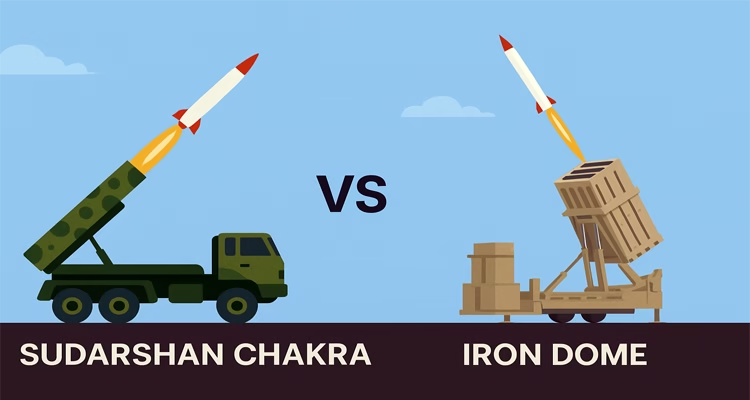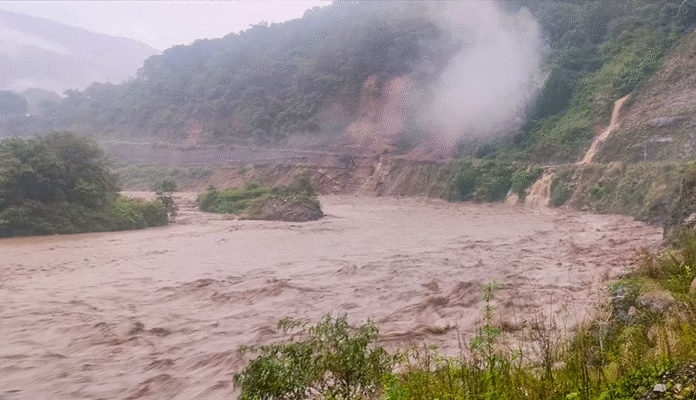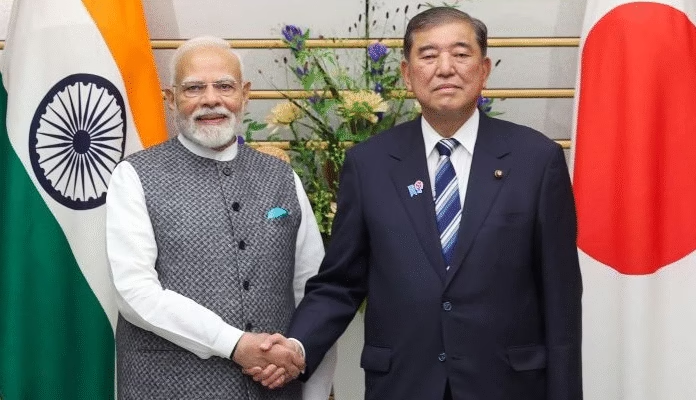
What is Sudarshan Chakra? India’s Answer to Israel’s Iron Dome Explained
India has announced its most ambitious defence shield yet—the Sudarshan Chakra, a next-generation air defence network designed to serve both as a protector and a punisher.
Unveiling the concept at Ran Samwad-2025, a tri-service conclave at the Army War College, Chief of Defence Staff General Anil Chauhan described Sudarshan Chakra as India’s “Iron Dome-like” system, capable of guarding critical civilian, strategic and military sites from hostile aerial attacks.
Unlike conventional shields, Sudarshan Chakra will combine “soft kills”—electronic warfare, cyber disruption, and communication jamming—with “hard kills” using interceptor missiles and directed-energy weapons. It will integrate land, air, sea and space-based sensors into a single grid, powered by artificial intelligence, big data analytics, and quantum computing.
General Chauhan emphasised that future wars will not recognise boundaries between the Army, Navy, and Air Force—hence a unified defence architecture is essential. He added that while India is committed to peace, “peace without power is utopian.”
The mission, first announced by Prime Minister Narendra Modi, is aimed at providing protective bubbles over high-priority areas including national capitals, nuclear plants, industrial hubs, and frontline bases. The project is targeted for full-scale operational readiness by 2035.

What is Sudarshan Chakra?
The Sudarshan Chakra is envisioned as a multi-layered national air defence shield. Its objective is to protect India’s vast geography from a wide range of threats—drones, cruise missiles, hypersonic weapons, and swarming aerial attacks.
The system will employ:
-
Surveillance and Detection: A seamless radar and sensor network across domains—ground, sea, air and space.
-
Command and Control: Real-time data fusion, battlefield awareness, and automated decision support using AI and quantum technologies.
-
Response Systems: Interceptor missiles for long- and medium-range threats, along with laser and electronic warfare weapons for close-range and swarm attacks.
The name is inspired by the mythological weapon of Lord Krishna, symbolising both defence and decisive strike.
How Does Iron Dome Work?
Israel’s Iron Dome, operational since 2011, is the world’s most well-known short-range air defence system. It was developed to intercept rockets, artillery shells, and mortar fire aimed at populated areas.
Its structure has three core components:
-
Detection Radar to track incoming threats.
-
Battle Management System to calculate trajectories.
-
Tamir Interceptors fired from mobile launchers to destroy only those projectiles that pose real danger.
The Iron Dome covers smaller regions—each battery defending around 150 square kilometres—and is highly effective, with interception rates often reported above 90%. However, it can be overwhelmed by heavy barrages and each interceptor is expensive.
To strengthen its shield, Israel has also introduced Iron Beam, a laser-based system, and complements Iron Dome with David’s Sling (medium range) and Arrow (long range), forming a layered air defence umbrella.
India’s Edge with Sudarshan Chakra
While Iron Dome is compact and highly effective for Israel’s geography, Sudarshan Chakra is designed for India’s vast and diverse terrain. Instead of covering the entire country uniformly, it will establish protective defence bubbles over critical zones, ensuring scalable, layered security.
By fusing AI, cyber capabilities, quantum tech, and directed-energy weapons, Sudarshan Chakra aims to leapfrog traditional systems, making it both a shield to protect and a sword to deter and punish.



